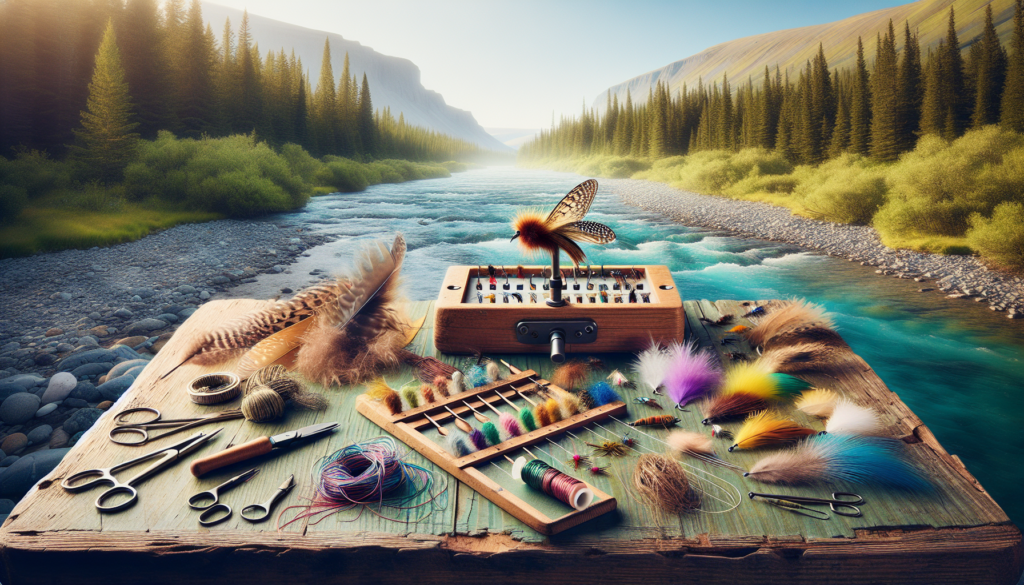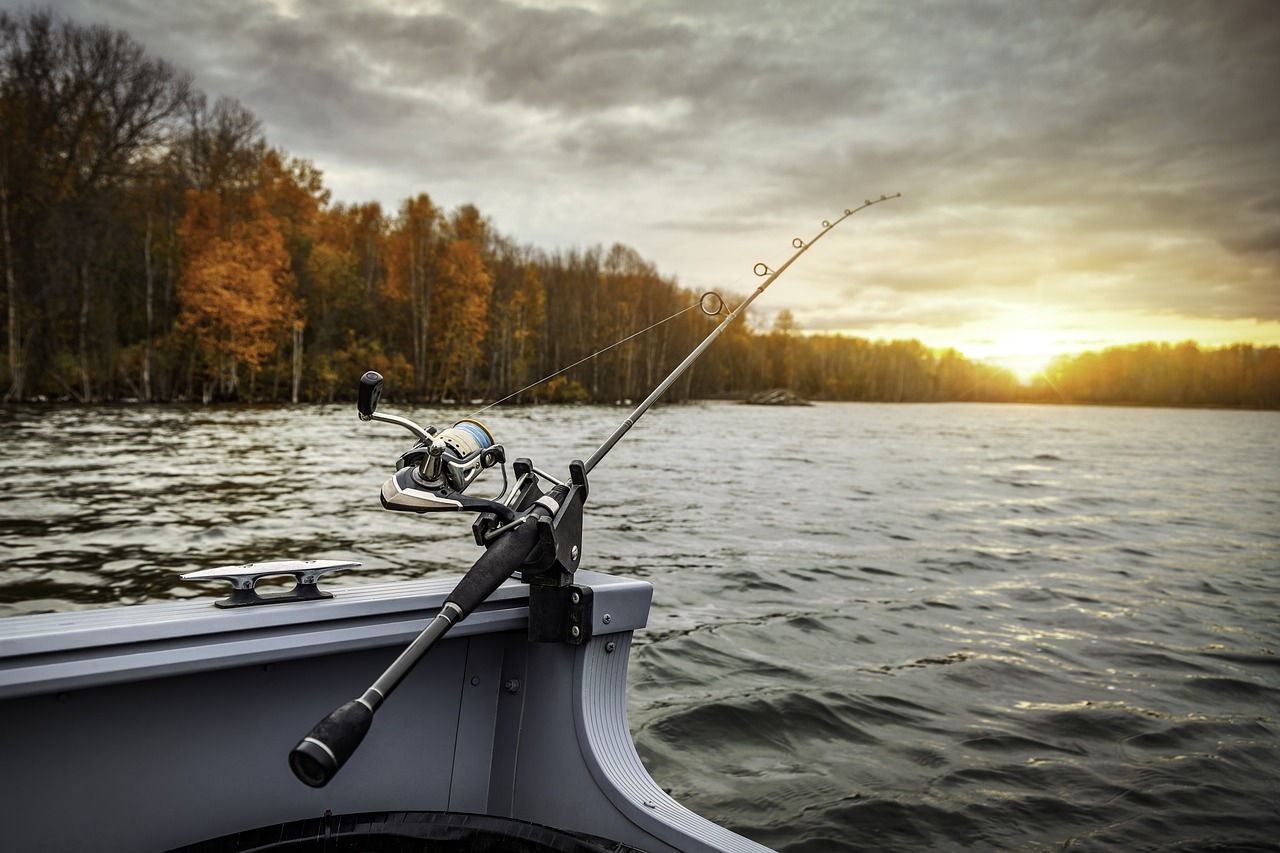Imagine immersing yourself in the world of fly fishing, surrounded by the serene beauty of nature, connecting with the rhythmic flow of the water. Now, picture yourself crafting these exquisite imitations of insects, painstakingly tying thread and feathers together to create lifelike flies. This is the art of fly tying, a passion embraced by anglers worldwide. In this article, we’ll explore the enchanting realm of fly tying, delving into its rich history, techniques, and materials used. Prepare to be captivated by the artistry and precision that goes into creating these tiny masterpieces, as we unveil the magic of fly tying.
What Is Fly Tying
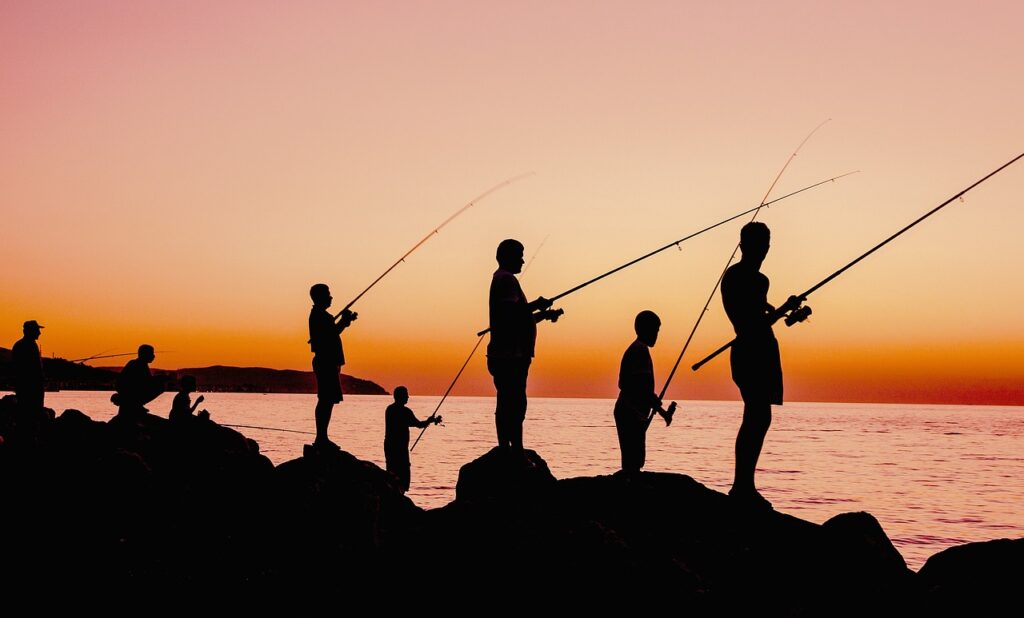
Definition of Fly Tying
Fly tying is the art and craft of creating artificial flies for fishing. In this process, various materials such as feathers, fur, and synthetic materials are used to imitate insects and other aquatic creatures that fish feed on. These artificial flies are then attached to a fishing line and used by anglers to attract and catch fish. Fly tying requires finesse, creativity, and attention to detail in order to create a fly that is both realistic and effective in fooling fish.
Historical Background
The origins of fly tying can be traced back to ancient civilizations, where early anglers used natural materials found in their surroundings to create simple flies. In ancient Greece and Rome, records show that fly fishing and fly tying were practiced as early as the 2nd century BCE. The use of feathers, horsehair, and silk were common materials in these early flies.
However, it was not until the 19th century that fly tying began to evolve into the art form that it is today. With the invention of new materials and techniques, fly tyers were able to create more realistic and durable flies. This era saw the development of dry flies, wet flies, streamers, and nymphs, each designed to imitate specific insects or baitfish.
Equipment and Tools
To engage in fly tying, you will need a few essential tools and equipment. These include a fly tying vise, which holds the hook securely in place while you work, and bobbin holders, which are used to hold and dispense the thread. Additionally, you will need scissors, hackle pliers, bodkins, and whip finishers.
For materials, you will need fur, feathers, thread, tinsel, dubbing, and other synthetic materials. These materials can be purchased at fly tying supply stores or online, and there is a wide variety to choose from, allowing for endless possibilities in fly design.
Types of Flies
There are several types of flies that can be tied, each with its own purpose and design. Dry flies are designed to float on the water’s surface and imitate insects that have fallen onto the water. Wet flies are meant to sink below the surface and imitate insects in their nymph stage or baitfish. Streamers are larger flies that imitate small fish or leeches, and they are often used for targeting larger game fish. Nymphs are specifically designed to imitate the aquatic insects that fish feed on underwater.
Fly tyers can experiment with different patterns, colors, and sizes to match the specific needs and preferences of the fish they are targeting. As a fly tyer, you have the freedom to create and customize flies to suit various fishing conditions and species.
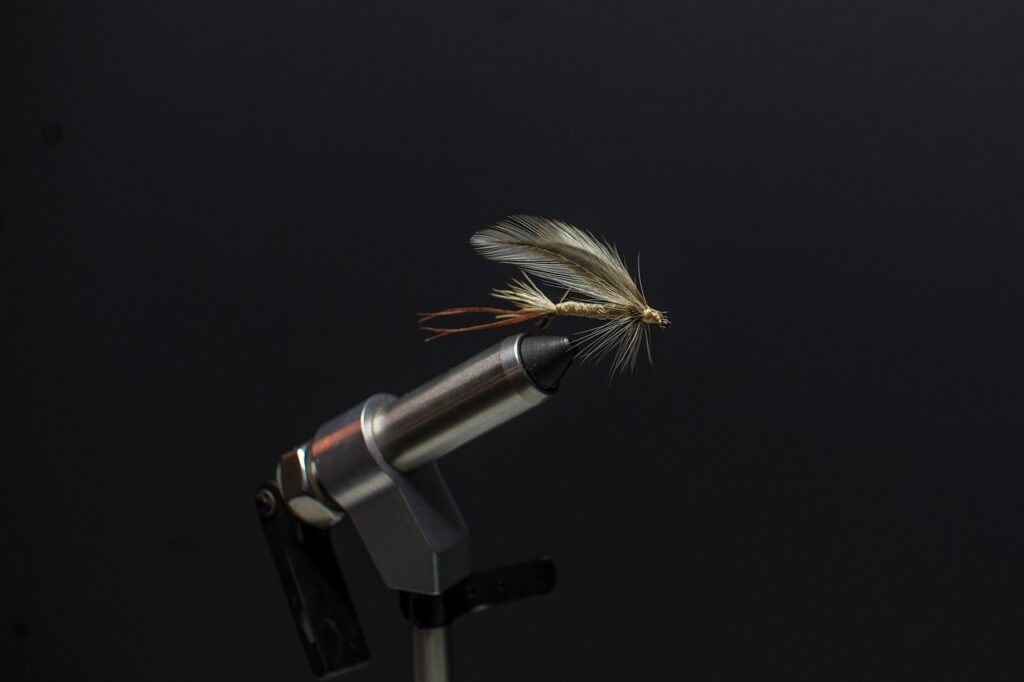
Materials for Fly Tying
Fly tying materials come in a wide range of natural and synthetic options, allowing tyers to imitate different types of insects and baitfish. Feathers, fur, and animal hairs are commonly used natural materials, while synthetic materials such as Flashabou and Mylar are used to add flash and vibrant colors to the flies.
Examples of common natural materials include hackle feathers from roosters for dry flies, pheasant tail fibers for nymphs, and marabou feathers for streamers. Synthetic materials like chenille and foam can be used to add bulk and buoyancy to flies. Each material has its own unique characteristics that make it suitable for specific fly patterns and designs.
Techniques and Methods
Fly tying involves a variety of techniques and methods to create flies that are both aesthetically pleasing and functional. These techniques include wrapping thread around the hook to secure materials, folding feathers to create wings, and spinning dubbing onto the thread to create bodies.
Different fly patterns require different techniques, and mastering these techniques takes practice and patience. However, with time and experience, you will develop your own style and proficiency in tying flies.
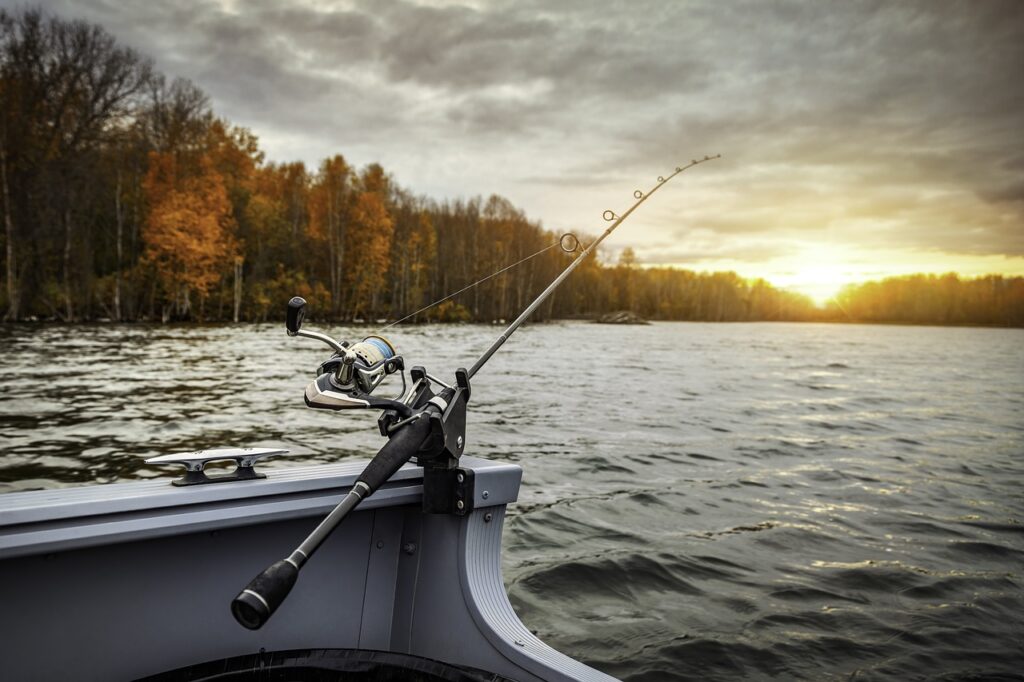
Benefits of Fly Tying
Fly tying offers a range of benefits for those who engage in this craft. First and foremost, it allows anglers to save money by creating their own flies instead of purchasing them. Additionally, fly tying provides a creative outlet, allowing tyers to express their artistic skills and craftsmanship.
Fly tying also offers anglers the opportunity to tailor their flies to specific fishing conditions and target species. By customizing the size, color, and pattern of their flies, anglers can increase their chances of success on the water. Furthermore, fly tying can be a relaxing and meditative activity, providing stress relief and a sense of satisfaction when a well-crafted fly is completed.
Fly Tying Communities
Fly tying has developed into a vibrant community of enthusiasts who share a passion for this craft. There are fly tying clubs, forums, and online communities where tyers can gather to share their knowledge, exchange fly patterns, and showcase their creations.
These communities provide a platform for learning and collaboration, allowing fly tyers of all skill levels to connect and grow in their craft. Whether you are a beginner looking for guidance or an experienced tyer looking to expand your skills, these communities offer a wealth of resources and opportunities for connection.
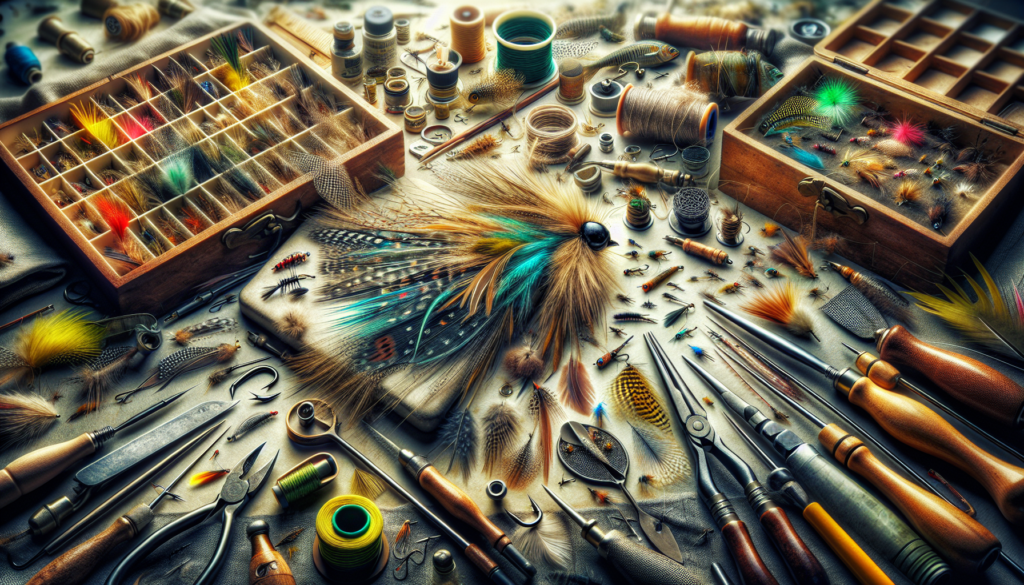
The Art and Craft of Fly Tying
Fly tying is often referred to as both an art and a craft. It combines elements of creativity and technical skill to create beautiful and functional flies. The process of selecting materials, combining colors and textures, and meticulously constructing the fly requires a keen eye for detail and a steady hand.
Many fly tyers take pride in not only catching fish with their creations but also in the aesthetic appeal of their flies. Some tyers even create detailed and intricate artistic flies that are meant to be admired rather than fished with. Fly tying allows tyers to express their individuality and showcase their talent through their creations.
Fly Tying as a Hobby
Fly tying is a rewarding and fulfilling hobby that can be enjoyed by people of all ages and skill levels. Whether you are a seasoned angler looking to enhance your fishing experience or someone who simply enjoys the craft, fly tying offers a unique and engaging way to connect with nature and unleash your creativity.
Engaging in this hobby allows you to become intimately familiar with the insects and baitfish that fish feed on, deepening your understanding of the natural world. It also provides a sense of accomplishment and pride when you catch a fish on a fly that you tied yourself.
In conclusion, fly tying is a versatile and captivating pursuit that combines art, craftsmanship, and practicality. Whether you are drawn to the intricacies of constructing flies or the thrill of fooling fish with your creations, fly tying offers a fulfilling and enjoyable experience that will enhance your fishing adventures and connect you to the natural world. So grab your tools, select your materials, and immerse yourself in the art and craft of fly tying!
